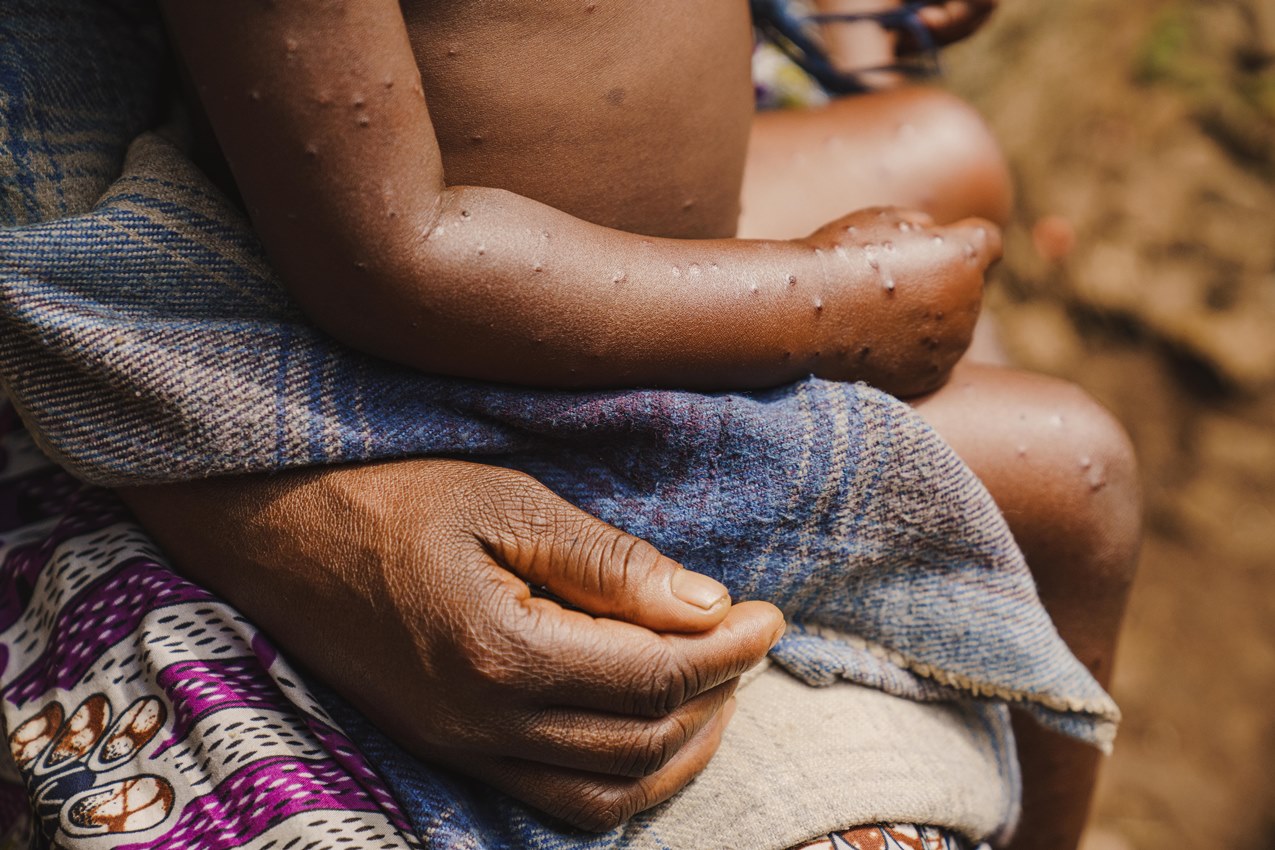In the wake of the COVID-19 pandemic, humanity experienced the emergence of another epidemic health threat in 2022. That threat came from human mpox (formerly known as monkeypox) virus—an agent that despite its discovery in 1958, has historically received low attention until recent developments. First reported in humans in 1970, there has since been renewed interest in the disease due to altered transmission and spread mechanisms, and the increased number of cases in 2022.1 WHO declared mpox outbreak a Public Health Emergency of International Concern (PHEIC), following rapid and sustained spread beyond the endemic countries and increases in the number of cases in clusters. Following the decline in number of cases, in May 2023, WHO downgraded the mpox outbreak as no longer a PHEIC. Despite this declaration, cases continue to be reported in several countries.


